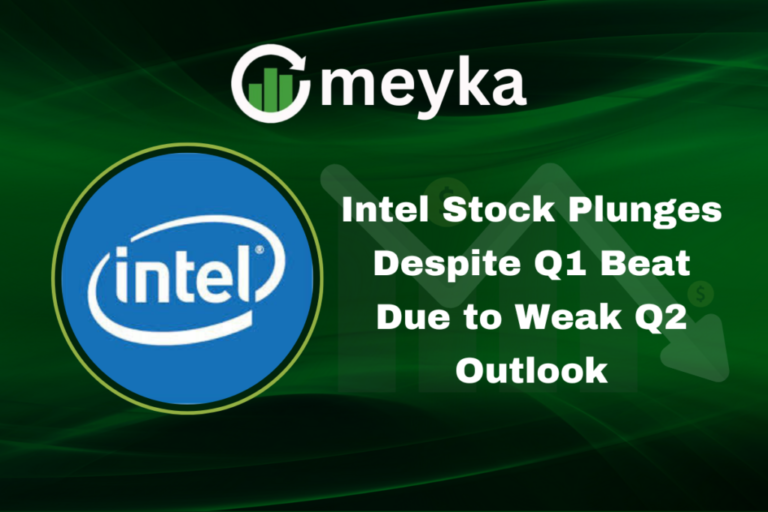Adani Power Share in Focus as Stock Trades Ex-Split (1:5) on Monday
Adani Power is back in the spotlight as its stock begins trading ex-split on Monday. The company has approved a 1:5 stock split, which means every single share is now divided into five. This change makes the stock more affordable and brings in more small investors. We often see stock splits as a way for companies to improve liquidity and widen participation. In Adani Power’s case, the move comes at a time when energy demand in India is at record highs. The company, part of the Adani Group, plays a leading role in meeting that demand through thermal and renewable projects.
For investors, the split does not change the company’s overall value. Instead, it changes how the shares are priced and traded. That is why many of us are curious: Will this decision boost long-term growth or just create short-term excitement?
We explore what the split means, why the company made this move, and how it may shape the future of Adani Power in India’s fast-growing power sector.
Adani Power’s Stock Split Details
- Adani Power’s board approved its first-ever stock split in a 1:5 ratio.
- The face value of shares changes from ₹10 to ₹2 each.
- The record date is Monday, September 22, 2025. That is when shareholders eligible for the split are determined.
- September 19, 2025 (Friday) was the last trading day to be eligible for the split.
Historical Performance of Adani Power Stock
- Over the past month, Adani Power stock rose more than 20%. Over six months, it gained around 37.16%.
- In the long term, it has been a multibagger stock with remarkable returns.
Why Did Adani Power Opt for a Split?
We see several reasons:
- Make shares more affordable. Lower face value means smaller ticket size, which can attract small investors.
- Improve liquidity. More shares usually mean more trading activity.
- Boost broader participation. Retail investors often feel more comfortable when the share price is within reach.
Market Reaction and Investor Sentiment
- When trading turned ex-split on September 22, the price per share appeared to plunge by about 80% because of the split. But that is just an optical drop. The value held by shareholders remains the same.
- Despite that, the stock also rallied sharply. It reached a new 52-week high of ~₹168.90 on BSE.
- Shares jumped ~19% intraday on Monday after the split became effective. Volume spiked.
Potential Impact on Shareholders
- Short term: Some may panic seeing a large fall in share price. But that’s only because the price per share is lower due to the split. The number of shares each owns increases, total value stays the same.
- Long term: If the fundamentals are strong, a reduced cost per share can help in wider ownership. We may see more retail investors jump in. But business operations, profits, debt, etc., do not change by themselves.
Comparing with Other Recent Stock Splits in India
- Other Adani Group firms had splits or listing actions before. But for Adani Power, this is the first-ever stock split.
- Similar splits in Indian markets have often led to short-term spikes in interest and volumes. But long-term returns depend on earnings, sector strength, and competition.
Risks and Challenges Ahead for Adani Power
- Even with strong momentum, price swings due to market sentiment can be sharp. Some may misinterpret optical changes (like a price drop) and sell.
- Costs of fuel/power generation, regulatory changes are risks in the power sector. If coal/gas prices rise, margins may get squeezed.
- Execution risk: Adani Power has aggressive expansion plans. Delays or cost overruns can hurt expected gains.
Broader Industry Context
- India’s demand for power is rising. Urbanization, industry growth, and increasing electrification push up needs.
- Govt policy is favouring clean energy and also more thermal and hybrid plants to ensure a reliable supply. Adani Power’s mix of coal plants and potential renewables may benefit.
- Regulatory clarity (including SEBI dismissal of previous allegations) strengthens investor confidence.
Future Outlook for Adani Power
- Morgan Stanley has given an “overweight” rating on Adani Power. It expects the company’s portfolio capacity to rise significantly by FY32, and sees strong upside potential.
- We might see growth in earnings driven by new Power Purchase Agreements (PPAs) and projects.
- For long-term investors, the split may make entry easier. But they should also watch business fundamentals, profit growth, debt, and cost controls.
Conclusion
The 1:5 stock split is a landmark move for Adani Power. It doesn’t change the value of what we own. It changes the face value per share and boosts liquidity. Retail investors may benefit from a lower entry price. But real gains will come from good execution, healthy demand, and stable policies. We believe that if Adani Power stays on track, this split could be a catalyst for stronger market participation and growth ahead.
Disclaimer:
This content is for informational purposes only and is not financial advice. Always conduct your research.






